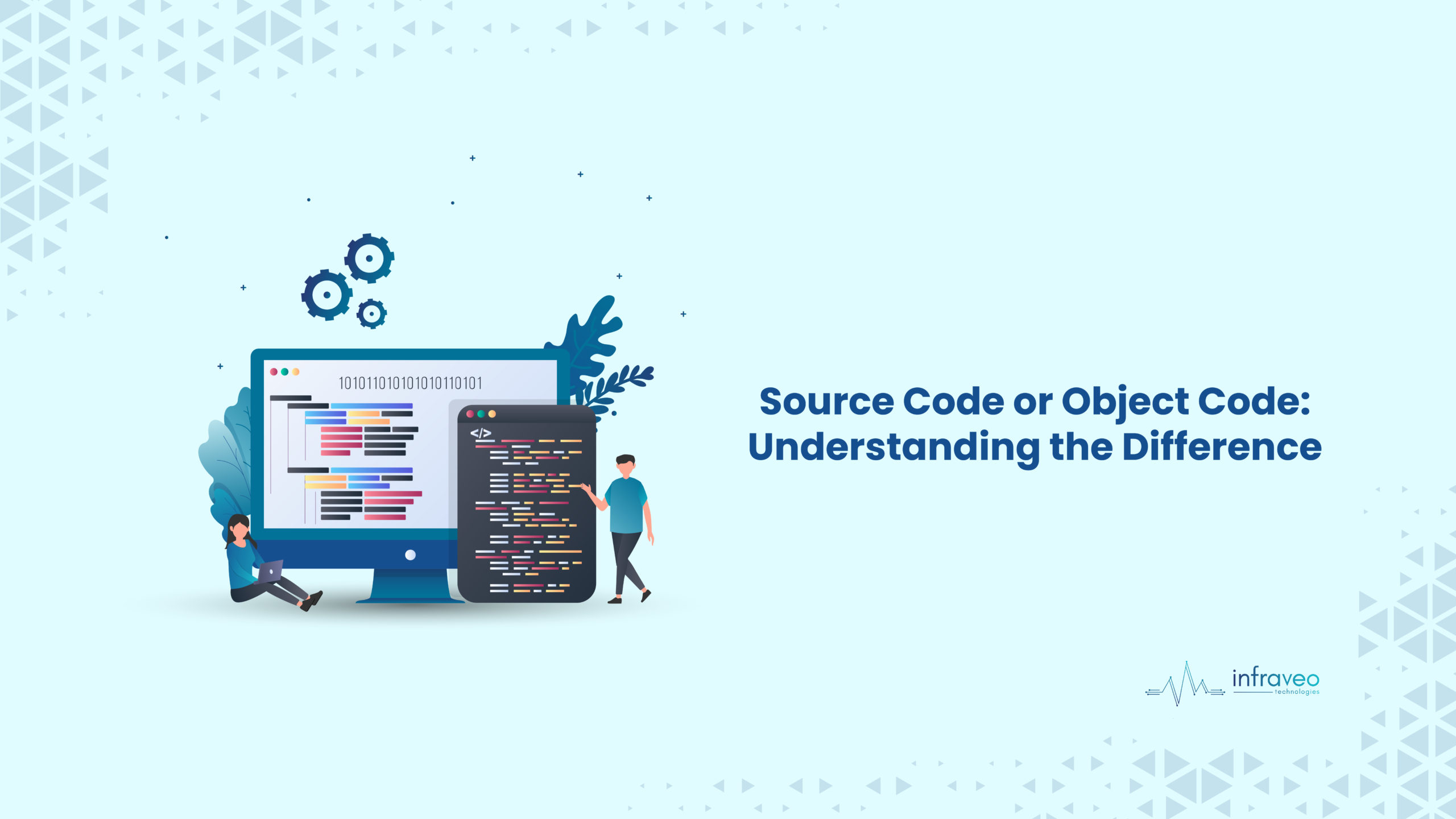Introduction
The difference between Source Code and Object Code is that Source Code is written in a human-readable programming language while Object Code is written in machine language and is not easily understandable. Computer programming allows a developer to write scripts using a specific programming language called Source Code. Programming is the process of writing computer programs. This has to be converted to machine language for it to be executed by a computer.
What is a Source Code?
This may consist of statements, functions, declarations, and variables. It is a collection of computer instructions written using a human-readable programming language. It can be stored in a file or on a hard disk drive and executed by the computer. If you want to run this program on your laptop, then you need to type some commands into the terminal window and press Enter button after each command (like ls -l /home/user1)…
How to Compile Source Code into Object Code?
The purpose of writing programs is to make the computer perform a specific task.
For the computer to execute your program, it must be converted into machine-language instructions that can be understood by its CPU. This is called compiling and it takes place after you type your source code into a text editor or word processor like Microsoft Word. The compiled programs contain 0s and 1s, but they are in hexadecimal form (base 16).
To do this, the computer must execute the program. Therefore, the Source Code must be converted to machine language. This is known as compiling. A Machine language consists of 0 and 1 as binary digits, which are also referred to as bits and bytes, respectively. These units are also known as machine codes, object codes, or executable codes.
Machine Language Is Not Human Readable –
Unlike human languages like English and French where we use letters in combination with punctuation marks such as dashes or commas etc., machines do not have these features so they cannot be read easily by humans without special software installed on their computers – this would mean having all those extra features built into your program before submitting it!
Output – Object Code –
It is machine language in a hexadecimal form that can be easily recognized by humans. Compiled programs contain 0s and 1s but they are in hexadecimal form.
It is the output after the compiler, or an assembler converts the source code into binary object code and stores it in memory. The compiled program has both a high-level representation and a low-level representation. Meaning there is no difference between object files or libraries (which are stored as libraries) and executable programs (which are stored as executables).
Difference Between Source Code and Object Code –
The source code will be converted to object code using a compiler or an assembler. After this process, it can be run on any computer to perform its functions.
Base | Source Code | Object Code |
| Modification | A set of computer instructions created in a language that can be read by humans therefore they’re easy to modify. | A collection of statements in machine language or binary that are difficult to modify.
|
Skills | Both humans and programmers can read. | The computer can read the object code. |
Formation | Created by a human. | Produced by the compiler. |
| Code | Plain text constitutes the Source Code. | Binary files make up the object code. |
Conclusion
The most important takeaway from this is that Source Code is language-independent; it varies depending on the programming language used to write it. The machine code, on the other hand, needs to be differentiated in each type of computer; therefore, different machines have different architectures and hence the need for a processor to translate the input into the object code. Your success in writing a program depends on how good your source code is, while machine translation depends on how well your object code has been translated by your computer’s processor.




